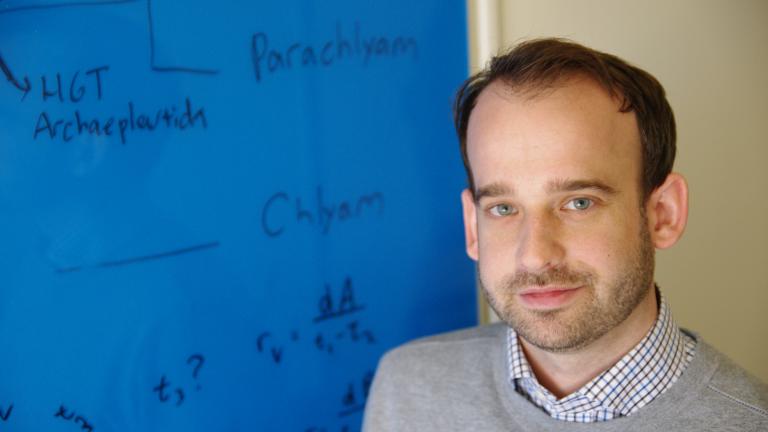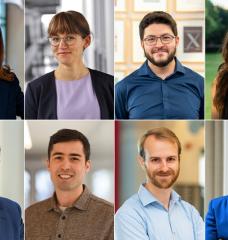
Paige Colley | EAPS News
The award recognizes cutting-edge research investigating how life survives on both Earth and other planets.
Greg Fournier, Associate Professor of Geobiology in MIT’s Department of Earth, Atmospheric and Planetary Sciences (EAPS), was awarded the 2021 Scialog Collaborative Innovation Award in September. His project is one of eight to win in the first year of the award, which comes with a grant. Fournier’s project, in collaboration with Stilianos Louca at the University of Oregon, investigates the evolutionary process of oxygen consumption by microbes. By using genomic data, they hope to determine at what point in the history of the Earth these processes began.
Scialog: Signatures of Life in the Universe seeks to bring together early-career scientists studying fields that further our understanding of the habitability of both Earth and other planets, and how scientists can use the same tools and techniques to detect signatures of life elsewhere in the solar system. The first meeting was held virtually in June of 2021 and included participants in fields including earth and planetary sciences, chemistry, physics, astronomy, astrobiology, microbiology, biochemistry, and data science.
To see the full list of winners and learn more about Scialog, which stands for “Science Dialogue”, read the original article here.






